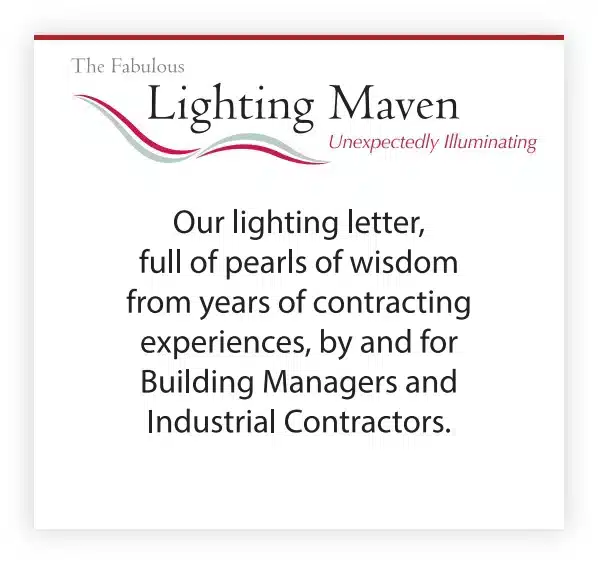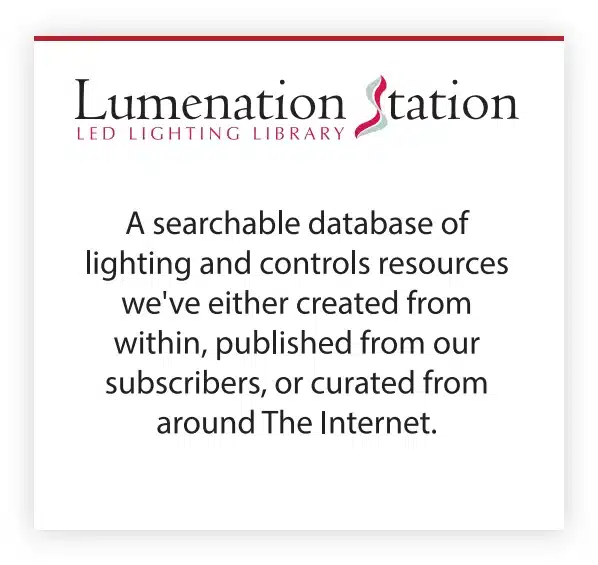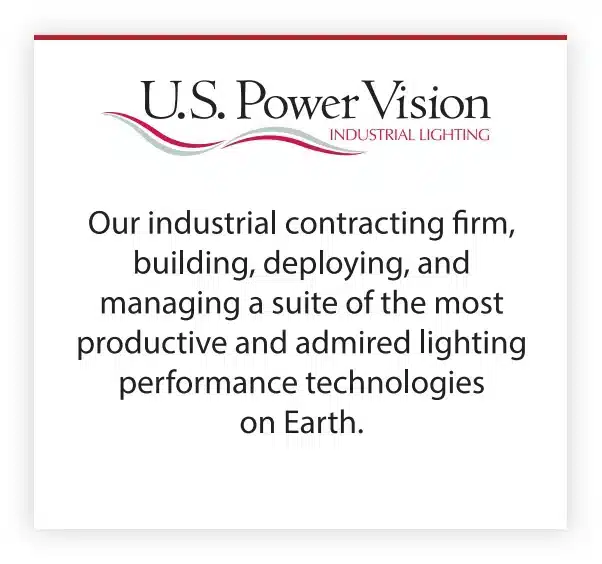Dear Reader:
The buyer of a new LED lighting system engaged in her/his due diligence can be faced with a dizzying array of considerations, and in the interest of time, it’s important to – very early on – separate the noise from the key performance indicators inherent to each device, fixture or system.
The operative word there is “key”.
Think about what you’ll really be buying: performance, over time. When comparing different fixtures, or ‘luminaires’ as the industry refers to them, the closer you can stay to the KPIs that are truly important, the easier it is make meaningful comparisons.
As it’s likely your upcoming purchase will be categorized as a capital expenditure – by definition a fixed asset – the time factor is an extremely important component to your set of considerations, i.e., how well your new lighting system will be performing at some later point in time, when it’s no longer not-so-new.
One of the most important fixture metrics, or KPIs, is Lumen Maintenance; that is, how well the fixture holds its output, or delivered lumens, as compared to its original output right out of the box. What separates LED from other lighting technologies is that, by-and-large, the diodes (the ‘diode’ portion of the ‘light-emitting diode’ name) generally don’t fail.
They do, however, depreciate over time, and eventually reach a point where the illumination levels will be unacceptable to you. The industry has generally defined that as the point at which a fixture reaches 70% of its original output, and refers to this metric as the L70, for Lumens at 70%.
You’ll also want to concern yourself with heat, and its impact on a fixture’s performance over time. Heat is the enemy of any electrical device, and LED is no different. A fixture’s L70 at 77o will be dramatically longer than that same fixture’s L70 when hung in a 131oF foundry, for example. The fixture will simply depreciate more slowly, and as a result, last longer.
If you’d like to get geeky with this, the Illuminating Engineering Society has published a pamphlet on the topic, and you can go to it here: Projecting Long-Term Luminous, Photon, and Radiant Flux Maintenance of LED Light Sources.
The savvy Asset Manager might also want to reference our piece on Rated Life, as there is a difference between what a fixture is rated for, and its actual life to be expected.






